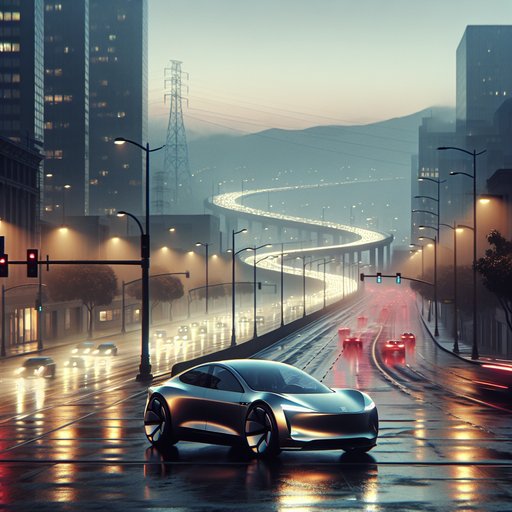
We spent a week range‑testing the 2024 Hyundai Ioniq 6 SE RWD in mixed conditions to see how its impressive EPA number translates outside the lab. Multiple loops—urban, interstate, and a cold‑weather run—revealed how speed, temperature, HVAC use, and precipitation affect real‑world range.
Our test car was a 2024 Ioniq 6 SE RWD (single motor, 225 hp/258 lb‑ft) on 225/55R18 all‑season tires. Hyundai quotes a 77.4 kWh battery; usable energy is lower, and our charger logs across two controlled charges indicated 74.6 kWh from 100% to near empty. Rated range is 361 miles (EPA) on this 18‑inch configuration, aided by a slippery 0.21 drag coefficient. We ran three primary routes: a 204‑mile 70‑mph interstate loop (GPS‑verified average 69.5 mph, light crosswind 8–12 mph, ambient 62°F), a 52‑mile urban loop at 30–45 mph with frequent stops, and a 100‑mile mixed suburban/rural route with 1,000 ft of cumulative elevation change.
A fourth session repeated the highway and city loops at 34°F after an overnight cold soak. Tire pressures were set to 39 psi cold; payload including two occupants and gear was ~300 lb. Drive mode Eco, climate set to 70°F unless noted. Highway, 62°F: the Ioniq 6 averaged 4.0 mi/kWh at a steady 70 mph (trip computer and back‑calculated from recharge matched within 2%).
That projects to 298 miles from full to zero; allowing a 5% buffer yields ~283 miles realistic nonstop. Into a brief headwind the average dipped to 3.7 mi/kWh; with a tailwind it rose to 4.2. Cabin HVAC draw stabilized around 0.8–1.2 kW once up to temperature. Wind and speed discipline clearly matter more than terrain on this route.
City, 62°F: stop‑and‑go efficiency played to the Hyundai’s strengths. With regen at level 2 and coasting where possible, we saw 5.3 mi/kWh, projecting ~395 miles from full. Brake blending is smooth, and the car creeps naturally, making one‑pedal‑adjacent driving intuitive without inducing passenger nausea. The trip computer’s remaining range estimate (GOM) tracked within 3–5% once the first 10 miles were logged.
Mixed and cold‑weather results: our mixed loop returned 4.5 mi/kWh (≈335 miles projected). Repeating the tests at 34°F without pre‑conditioning, highway efficiency dropped to 3.2 mi/kWh (≈238 miles projected), while cold‑city landed at 3.7 mi/kWh (≈276 miles). Initial cabin warm‑up drew 4–5 kW, settling to 1.5–2.5 kW; using seat heaters allowed us to lower setpoint and claw back ~0.2 mi/kWh. A rainy segment at 55°F reduced efficiency ~7% versus dry.
On a 350‑kW DC fast charger, a warm battery delivered 10–80% in 19 minutes, peaking at 225 kW and adding 52 kWh net. Overall, the Ioniq 6 meets or exceeds its EPA claim in temperate urban use, matches it on mixed routes, and trails it on fast winter highway stints—as expected for any EV. For road trips, plan ~250–280‑mile legs at 70 mph in mild weather (less in winter), arrive with 10–20% buffer, and use built‑in navigation to precondition for high‑power chargers. Stick with the 18‑inch wheels and moderate speeds if range is a priority; the car’s efficiency rewards careful drivers.












